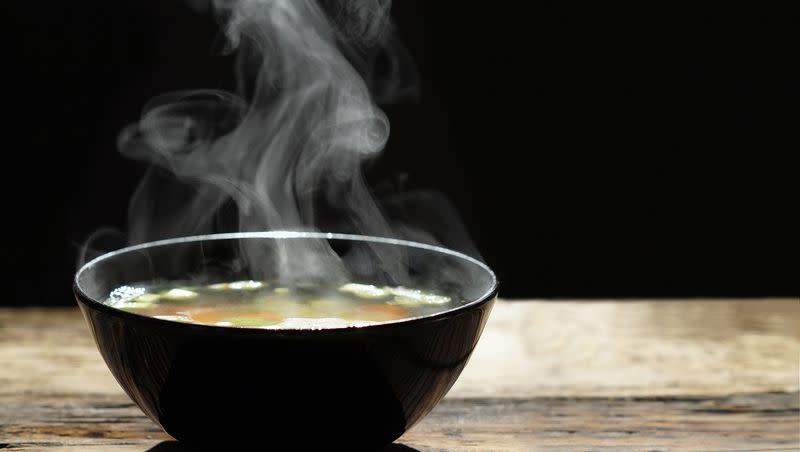The number of children taken to the ER for hot soup-related burns year is rising. Here’s what to do about it

When Yasmin Tayag, writer for The Atlantic, took her child to the emergency room following a hot soup burn, she expected judgment and disapproval regarding her parenting.
Instead, she wrote, Tayag was welcomed with indifference. “Welcome to parenthood,” one nurse told her as they traveled by ambulance to the burn unit.
This is because children are commonly scalded by hot liquid — specifically soup. According to a study published in PubMed focused on burn injuries children get from instant soup a noodles, researchers found that “Instant soup and noodle products are a common cause of pediatric scald burns, potentially injuring 25 children per day in the United States and leading to high rates of health care utilization.”
Why are pediatric burns from soup so common?
When it comes to instant soup, Pediatric Emergency Medicine Fellow at Emory University Courtney Allen told Emory Health Digest it has to do with the packaging.
“It’s important for us and for parents to remember that these are just thin containers with boiling water in them,” Allen said. “Caregivers need to closely supervise younger children who might otherwise get hurt if cooking for themselves.”
The contents of the soup also play a role in the severity of the burn. A study published in the Journal of Care Burn and Research found that thin soups like Ramon noodles and tomato soup caused worse burns than thicker soups.
During a 10-year period, researchers at the Baltimore Regional Burn Center noticed an increase in patients who came in for treatment following a burn from prepared noodle soup.
“The average length of stay for patients with noodle soup burns was significantly longer than for those with other types of soup burns,” the study said. “Also, the cooling curve for noodle soup is much slower than for normal tap water.”
The researchers concluded that “Because the boiling temperature of water and noodle soup is about the same, but the cooling curve of noodle soup is much slower, noodle soup may present a greater danger to children than other types of soup.”
Related
Is it preventable?
Microwavable soups are likable for their convenience and can be especially easy for a kid to pop in the microwave if a parent isn’t home to make dinner.
However, the packaging is “perilously easy to topple,” per The Atlantic. “Microwavable versions can be dangerous for kids who haven’t yet fully grasped that a room-temperature product, heated for several minutes in a microwave, can come out piping hot.”
Tina Palmieri, assistant chief of burns at Shriners Children’s, explained that scaled burns can happen quickly when it comes to children’s hunger and curiosity.
“These accidents often happen because children knock over the container while sitting, or they pick up a hot, flimsy cup, which burns their hands, and they drop it on themselves,” Palmieri told Shriners Children’s. “One of the most common body areas burned with soup and noodles is the lap, including the genitals.”
Palmieri, along with her colleagues, shared these tips for parents to prevent their children from falling victim to painful soup burns:
Before giving soup to your child, make sure the soup has cooled down.
Use secure bowls for serving rather than the flimsy containers the soups are often packaged in.
Refrain from placing heated dishes on tablecloths, as kids might tug them down.
Prevent small children from using microwaves or cooking without an adult’s help.
On the stove, utilize rear burners and position the handles of pots and pans away from the front, where kids can easily access them.
Ensure kitchen safety by keeping appliances and cords out of children’s reach.
Refrain from carrying your children while you cook or consume hot meals.